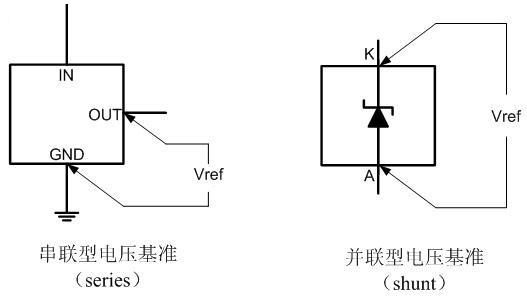Voltage reference chips are high-performance analog components widely used in data acquisition systems to ensure accurate signal processing. Achieving high precision is a common goal among these devices, but understanding their internal structure, key parameters, and proper application techniques is essential for optimal performance.
**Classification of Voltage Reference Chips**
Voltage references can be broadly categorized into two types based on their internal voltage generation mechanism: bandgap voltage references and Zener voltage references. Bandgap references use a combination of forward-biased PN junctions and thermal voltage (VT) to generate a stable output. By compensating the negative temperature coefficient of the PN junction with the positive temperature coefficient of VT, they achieve a relatively low and stable reference voltage. In contrast, Zener references rely on the breakdown voltage of a Zener diode, which typically operates at higher voltages (around 7V). They are often used in applications where a higher reference voltage is required.
In terms of external configuration, voltage references are also classified as either series or shunt types. Series references function similarly to three-terminal regulators, where the reference voltage is connected in series with the load. Shunt references, on the other hand, behave like Zener diodes, with the reference voltage connected in parallel with the load. Series configurations are more power-efficient, requiring only the quiescent current from the power supply, while shunt references demand a higher bias current and are less suitable for low-power designs. However, shunt references offer flexibility in handling varying input voltages and are ideal for floating reference applications.
**Parameter Analysis of Voltage Reference Chips**
The ICN25XX series by Anken (Beijing) Microelectronics is a family of high-precision, low-power voltage references available in a compact SOT23-3 package. It offers multiple output voltages, including 1.25V, 2.048V, 2.5V, 3.0V, 3.3V, and 4.096V, with excellent temperature drift and noise characteristics.

Figure 1: Schematic diagram of a series and shunt voltage reference chip
Table 1 lists the key parameters that affect the accuracy of a voltage reference. The initial accuracy of the output voltage varies between 0.02% and 1%, depending on the chip. This determines the system’s overall accuracy—0.02% can support up to 12-bit resolution, while 1% may only be suitable for 6-bit systems. Although some systems allow for calibration to correct initial errors, temperature drift remains a challenge. The ICN25XX series uses advanced compensation and trimming circuits to achieve a temperature drift of less than 10ppm/°C over a wide operating range (-40°C to 125°C).
Long-term stability is another critical factor. Over time, the output voltage of a reference may drift exponentially, and this change becomes smaller as time progresses. Proper system calibration is recommended to mitigate such effects. For applications where regular calibration is not feasible, choosing a reference with superior long-term stability is crucial. Metal-packaged chips generally offer better stability due to reduced mechanical stress from the packaging.
By carefully selecting the right voltage reference and understanding its characteristics, engineers can ensure reliable and precise performance in a wide range of applications.
Hitachi Terrano Alternator Catalogue, Nissan Almera Alternator Catalogue, Hitachi Series Alternator Catalogue,Hitachi Alternator Catalogue
YIWU JINGHONG AUTO PARTS CO.,LTD , https://en.jhauto.ru